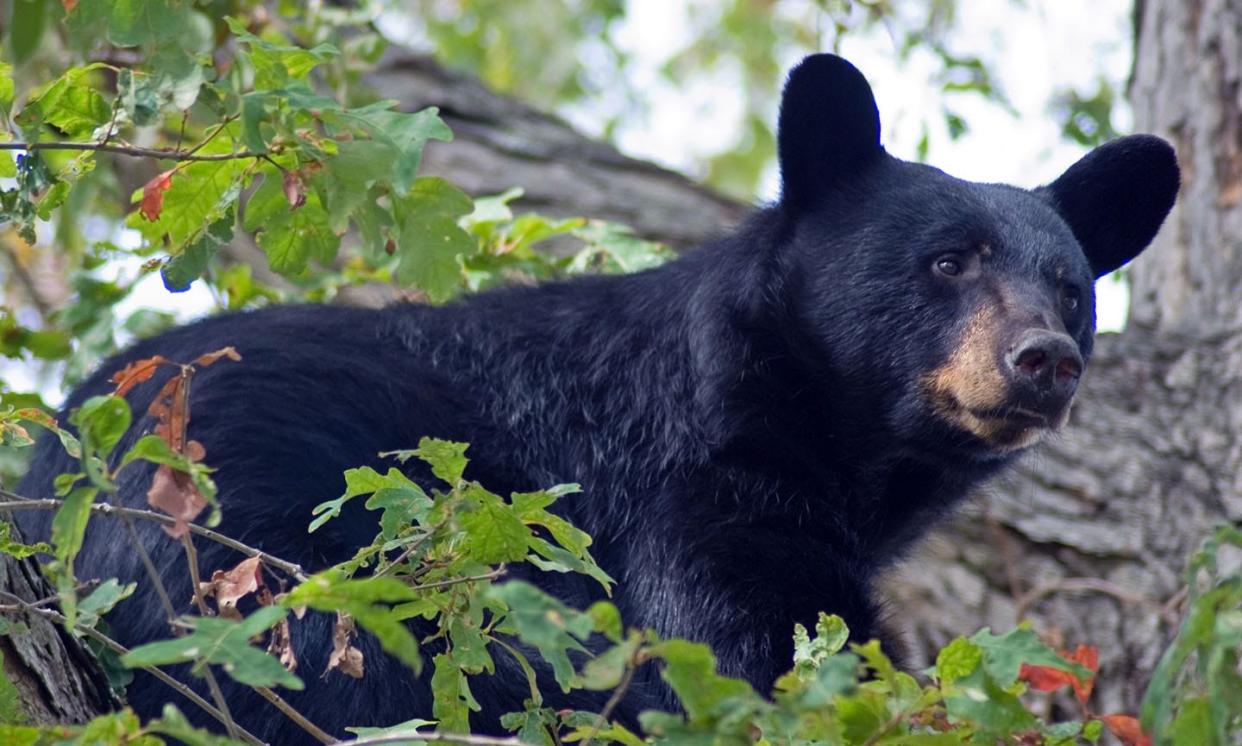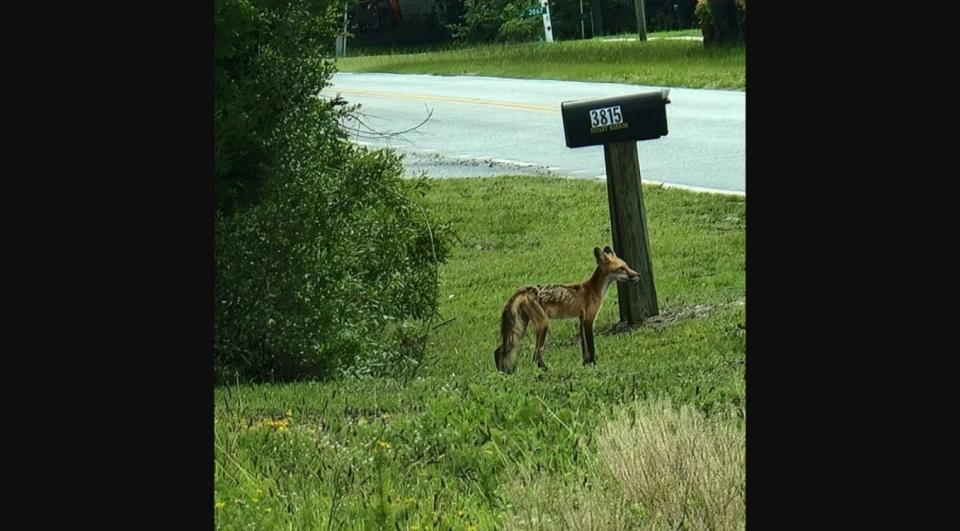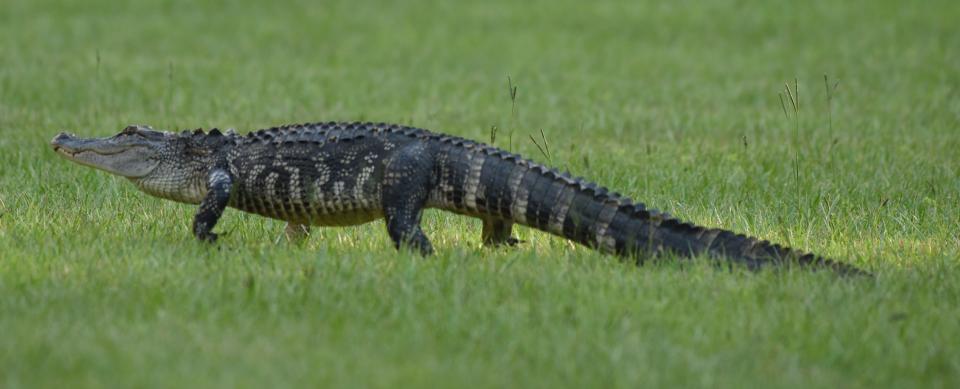Wildlife accidents have increased in Brunswick County. What can be done to prevent them?

With an uptick of wildlife accidents in Brunswick County, the StarNews spoke with John Henry Harrelson, the local district wildlife biologist for the North Carolina Wildlife Resources Commission, about how humans and wildlife can coexist.
StarNews: Is wildlife becoming more visible because of development?
Harrelson: Human development leading to loss of wildlife habitat is the number one threat facing wildlife in Brunswick County and North Carolina in general. More homes, more businesses, more roads and more people mean less room for wildlife to be wild and be away from humans. It should be expected to occasionally see and briefly encounter wildlife, but we should try to minimize any interactions. Some species of wildlife such as foxes, raccoons, coyotes, and bears are very adaptive at living close to people and benefiting from humans. Homeowners should try to minimize the direct benefit that wildlife receives from being close to their residence.
More: As development shrinks habitats, this Brunswick wildlife rescuer sees more injured animals
Stay connected: Like the Brunswick Today Facebook page for all of the latest Brunswick County news
Do you see less wildlife on the road during different seasons? Wildlife hit by cars often corresponds with major shifts in seasonal movements for those animals. Increases in certain species being involved in car accidents like deer in the fall, alligators in May and June or bears in the early summer are directly related to mating seasons. In addition, lots of wildlife species disperse away from where they were born and encounter unfamiliar obstacles and roads that can lead to fatal roadway collisions.

There have been reports of bears and foxes lately in Brunswick County. What can be done about the wildlife that lives here? The main thing to keep in mind when coexisting with wildlife is to limit reasons for them coming close to your residence. Most wildlife interactions that occur around homes or developments can be directly linked back to access to food sources. Removing any easy sources by securing garbage, not leaving pet food outside unattended, taking down bird feeders, cleaning grills, etc. are all good strategies to minimize negative interactions with wildlife I suggest homeowners and neighborhoods to go to https://bearwise.org/ and read about at home basics to coexist with bears. These same principles can be applied to most species of wildlife including raccoons, opossums and foxes. Homeowners that want to assist backyard wildlife can do so by planting native plants and flowers, not by placing food in their backyard.
More: Rabies: What you can do to protect yourself, pets from potentially rabid animals
What should the community watch for? Homeowners should be wary when wild animals begin to approach them or act strangely in general. Once symptoms of rabies including staggering, aggression, and/or excessive drooling begin to be displayed by wild animals, they usually succumb to the disease within 1-2 weeks. Canine distemper is another common disease found in wildlife that may cause them to display similar symptoms as rabies. Wildlife acting abnormally should be reported to NC Wildlife Resources Commission by calling the wildlife helpline at 866-318-2401 or emailing at HWI@ncwildlife.org. Homeowners should ensure that their pets are properly vaccinated as rabies is 100% fatal.

Besides bears and foxes, what other animals should the community be aware of? I would encourage people to become educated about alligators if you live in Brunswick County or surrounding areas. Alligators are found throughout southeastern North Carolina and pose little threat to people. However, alligators can lose their natural fear of people when they are being fed! This can lead to alligators readily approaching people. It is unlawful to feed or harass alligators and those actions should be reported to our enforcement division at 800-682-2632.
More: As development in Brunswick County grows, alligators have nowhere else to go
Here are some more safety advices from the North Carolina Department of Transportation regarding animal (usually deer) crashes:
Always maintain a safe amount of distance between your vehicle and others, especially at night. If the vehicle ahead of you hits a deer, you could also become involved in the crash.
Slow down in areas posted with deer crossing signs and in heavily wooded areas, especially during the late afternoon and evening.
Most deer-vehicle crashes occur where deer are more likely to travel, near bridges or overpasses, railroad tracks, streams and ditches.
Drive with high beams on when possible and watch for deer eyes reflecting in the headlights.
Deer often travel in small herds so if you see one deer near a road be alert for others.
If you see deer near a road, slow down and blow your horn with one long blast
Do not swerve to avoid a collision. This could cause you to lose control of your vehicle and cause a more serious crash.
If your vehicle does strike a deer, do not touch the animal. A frightened and wounded deer can be dangerous or further injure itself. Get your vehicle off the road, if possible, and call 911.
Contact Cheryl Whitaker at cheryl.whitaker@starnewsonline.com or 910-343-2004.
This article originally appeared on Wilmington StarNews: What can be done in Brunswick County to reduce wildlife accidents?

